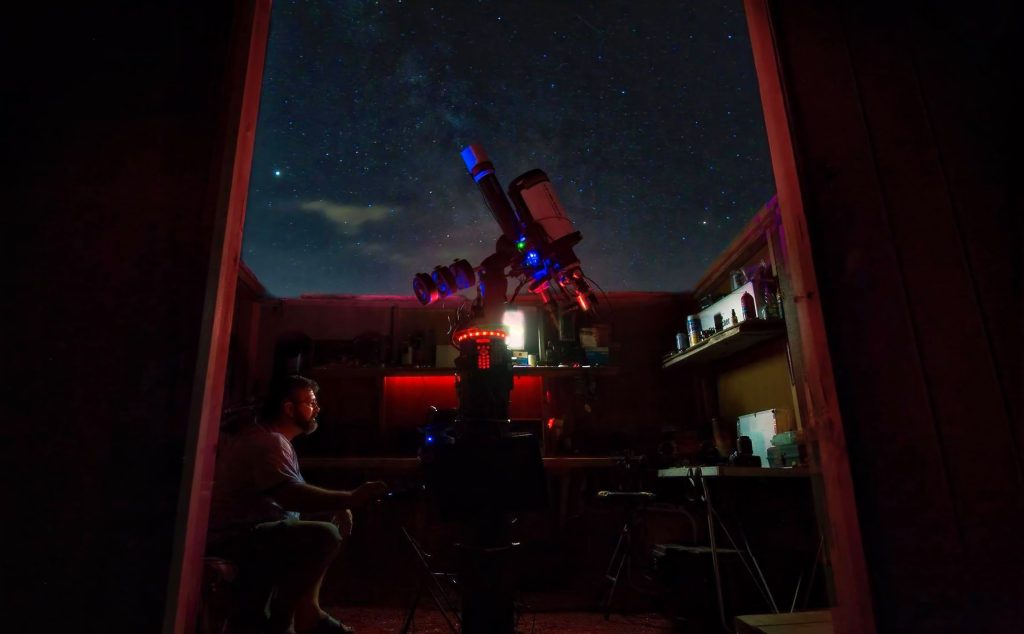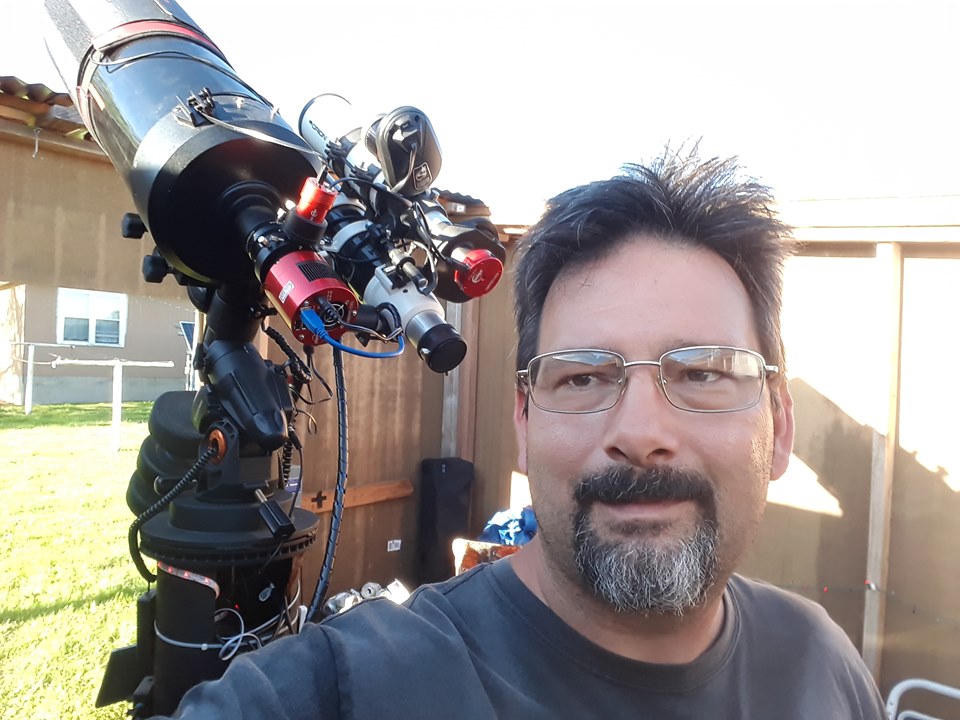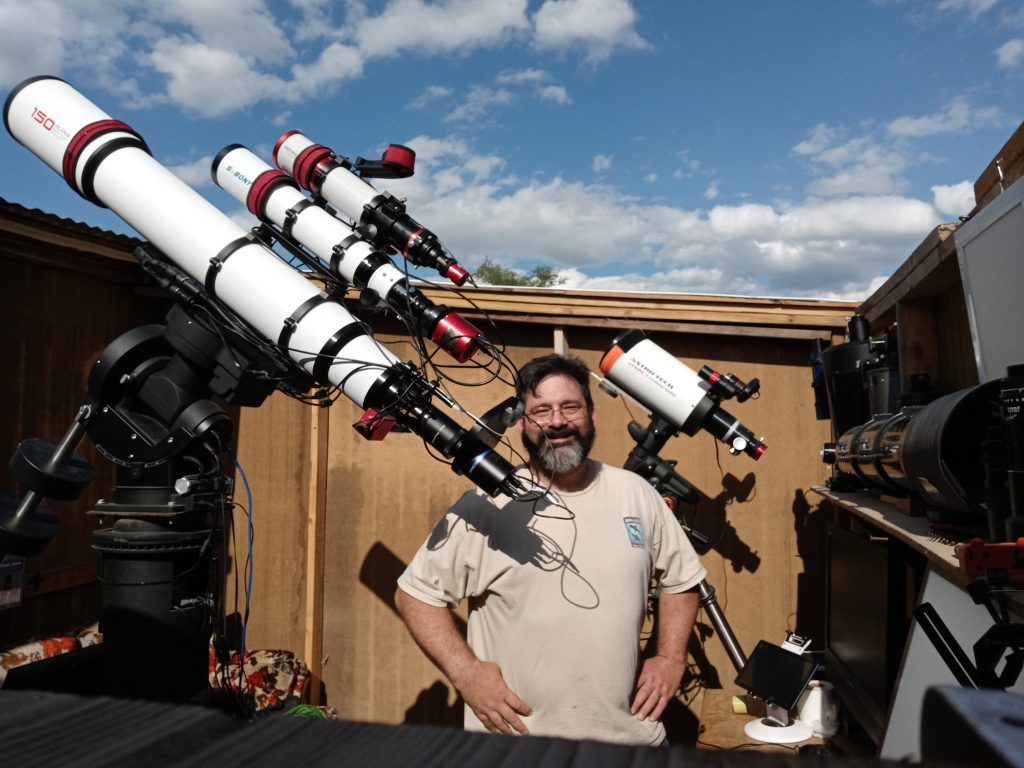Crop Farmer by day.

Astro Farmer by night.

Harvesting images of the night sky from my back yard.

High resolution prints in many sizes are available.

“A star that shines asks to be seen and if we were not self-absorbed
we would understand its language and its message.”
– From the play: “Tesla or The Adaptation of an Angel”, an imagined interview with Nickola Tesla in 1899. Play written in the 1990’s.
I offer high resolution prints of my original images in many sizes,
All of my images are harvested in my own back yard, with my own equipment.
All images copyright 2025, Jason Burns